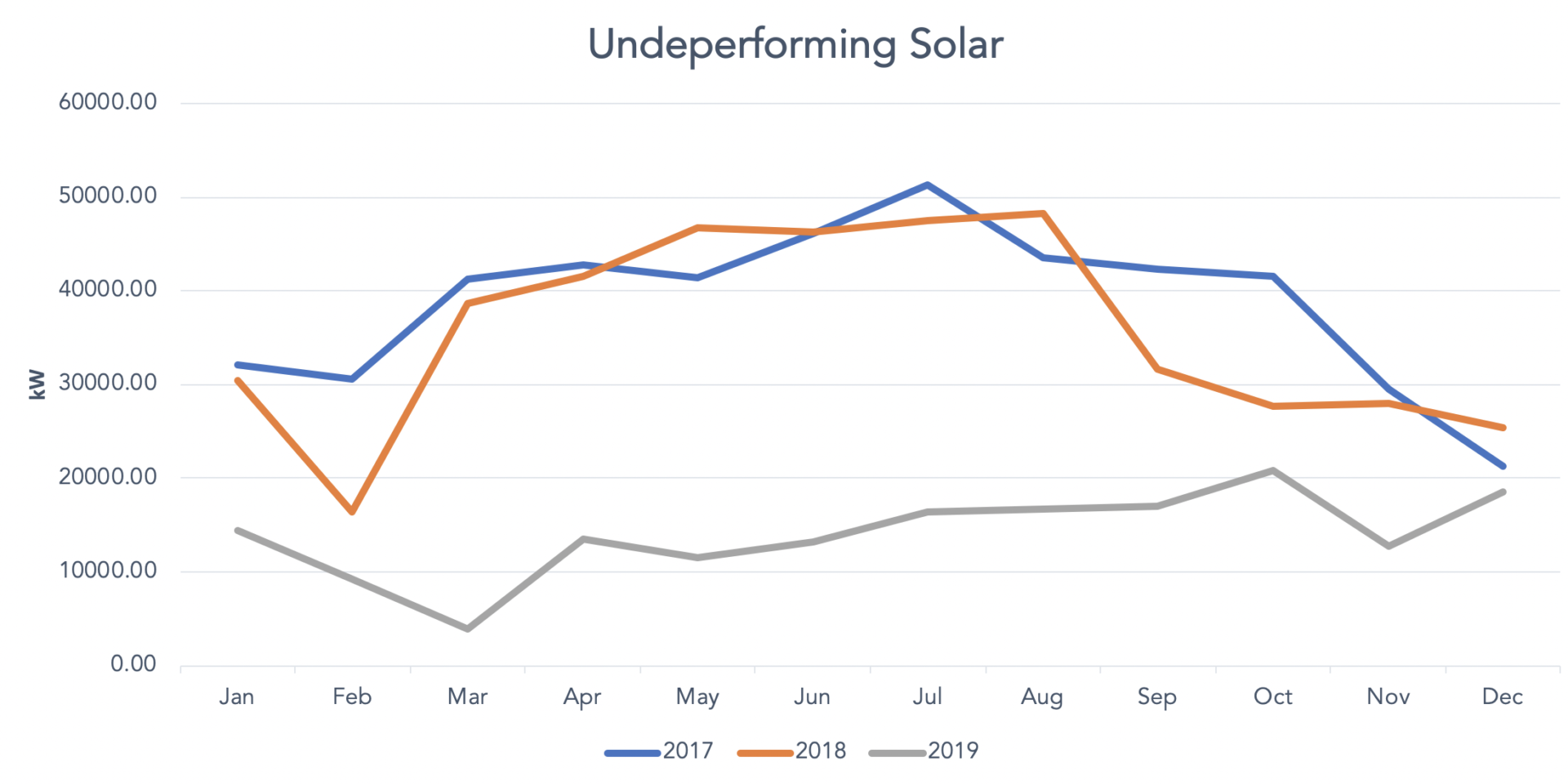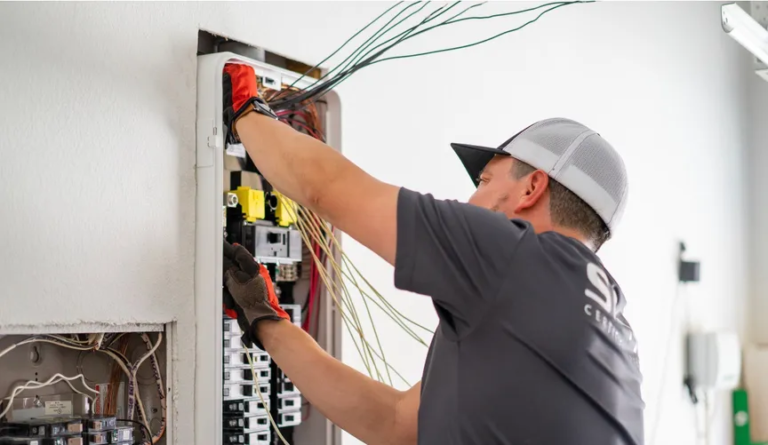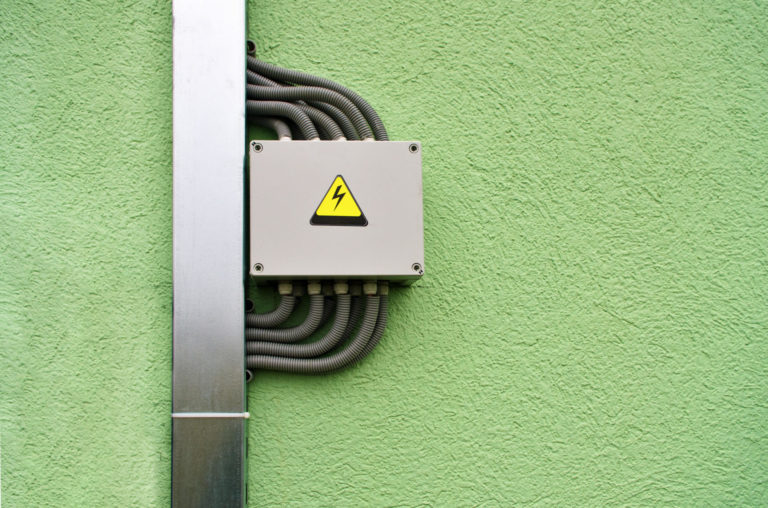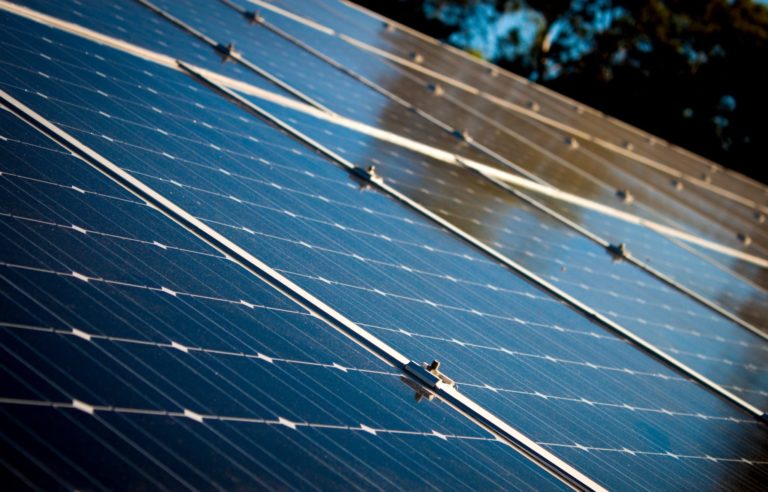February 21, 2020
 By Esha Choudhary, database administrator, Pecan Street
By Esha Choudhary, database administrator, Pecan Street
Whether you’re trying to reduce your home’s use of fossil fuel electricity or simply want to unplug from the grid, knowing how well your rooftop solar system is performing is an important part of maximizing your investment. Few people want to monitor their system every day, so Pecan Street is piloting a service we developed that alerts users when their PV systems “underperform.”
There are numerous reasons why a PV system might not perform well, but homeowners may not know the real reason unless they closely monitor their PV system performance or until they get higher-than-expected energy bills. It just so happens that we have a mountain of performance data from our participants’ PV systems that can be analyzed for key variables. In the past, we’ve done such analyses after the fact – we look at what HAS happened to learn about how systems performed. Our goal was to turn that experience into a more current notification service for our participants.

Each week, we run algorithms that examine a number of variables for our participants.
Absence of data – The first check is to make sure we are receiving relevant data from homeowners’ PV systems. Not getting proper data would mean that the system is either not working at all or something is blocking it from producing power. An example might be that the system has not been installed properly or solar panels are dirty. Most solar customers have access to tools that can help them measure how much electricity their systems are producing, but most people don’t want to monitor that kind of data all the time.
Monitoring device is offline – We then confirm that Pecan Street’s data monitoring device is online. If we see that we are not collecting any energy generation data, we know there’s something wrong with the circuit monitoring solar, in which case Pecan Street can check and fix the problem.
Low performing PV system – Finally, we check whether the PV system has been under producing. The best way to be sure if the system is operating correctly is to measure how many kilowatt-hours of energy it has produced over a period of time. In this case, historical data comes in handy because comparing historical and current data can help us determine why performance might differ from one time period to another.
We then created an alert system that pings users if there is a problem. These alerts keep homeowners up-to-date on how well their PV system performs over time. If needed, they can call for maintenance at an early stage, which can help them recover any lost revenue sooner than later. Two participants (one in Austin, one in New York) called their solar technician and got their PV system fixed because of this notification.
Analyzing this data also tells us a lot about what might go wrong with a PV system and what we can do to maximize the long-term performance. We will continue to enhance our alerting algorithms by incorporating weather data and data from nearby PV installations to get more accurate results. For example, we’re looking into whether we can compare similarly sized systems in an area to determine whether weather or other factors might be limiting solar performance.

















